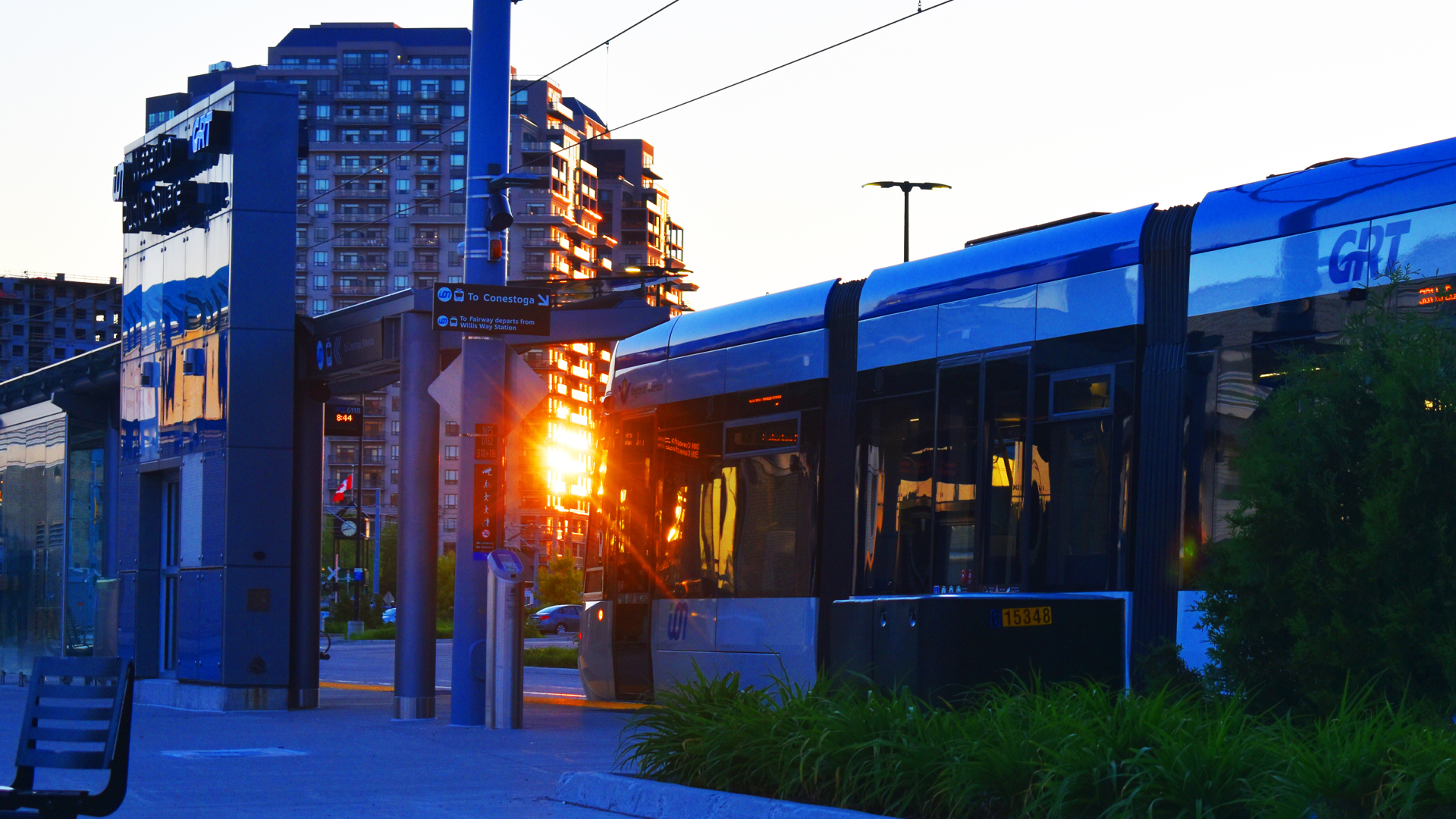
In 2014, the Waterloo Region of Ontario was one of the most gender-inequitable municipalities in Canada. Things have not improved. In fact, gender equity is worsened by the region’s approach to sustainable development.
Women are disproportionately affected by sustainability challenges, bearing the brunt of rising food bills and job losses after disasters. Waterloo’s gender-blind political agenda reinforces patriarchal development norms that harm women. This is not an isolated case. Across the province and even the country, gender-blind planning processes have created cities where women feel unsafe, unseen and exploited. The inequities facing women in Waterloo are a warning for the rest of urban Canada.
This issue traces back to the early 1990s under then-premier Mike Harris’s aggressive and unapologetic government. His neo-liberal “Common Sense Revolution” created a patriarchal, competitive, market-oriented system with little care for societal needs, let alone women’s needs. Harris dismantled social welfare, cutting budgets to women’s shelters and eliminating affordable housing.
In 2021, the Waterloo Region published its sustainable development strategy called TransformWR, which aims to build an equitable, prosperous, resilient low-carbon community by 2050. Women are mentioned just once in TransformWR in a broad statement about being an equity-seeking group. No specific calls to action or feminist considerations are made.
Feminist scholar Gerda Wekerle argues that gender-blind sustainable development barricades women from engaging fully in their communities and she identifies several forms of gender inequities. Several of these gender inequities are prevalent in Waterloo and ignored by TransformWR.
Start with wages
First, income. Waterloo’s gender wage gap has stagnated from 2000 to 2017. The average income for full-time, full-year working women in 2020 was $77,900 compared to $105,500 for men. Thirty-seven per cent of unemployed women surveyed in the Waterloo region prior to the pandemic said their competing domestic duties like child care prevent them from entering the workforce. Only 12 per cent of unemployed men face this struggle. COVID-19 caused greater layoffs for women than men because they work more in informal, service-based work. Women worked less, taking on more domestic duties like child care when schools closed.
Second, due to income inequalities, 37 per cent of female home renters in the Kitchener- Waterloo-Cambridge region face financial difficulties, compared to 23 per cent of men. Low-income women are more likely to be forced out of gentrifying neighbourhoods – places where politicians intentionally concentrate services to create “ideal” communities and revenues. This spikes the cost of living – like in uptown Waterloo and downtown Kitchener. Women are being priced out of these communities, contributing to higher rates of homelessness. This presents unique challenges for women, like menstrual poverty with only one of Waterloo’s 25 encampments providing washroom facilities. Food insecurity also poses a major threat to pregnant, homeless women.
Third, housing insecurity is worsened by mobility barriers. The power to move, as Wekerle calls it, dictates access to housing, employment and essential services. Waterloo’s transit network concentrates in the gentrifying city cores and is designed around men’s 9-5 labour. This clashes with the needs of women, who work more part-time and shift work and thus travel outside of peak hours. Women also need more circuitous routes to trip-chain, running more errands on their commutes. Women will avoid travelling at certain times or transit stops due to safety concerns as well.
The limits of gender-blind strategy
TransformWR could worsen these issues. In creating “15-minute communities” that concentrate (or gentrify) community services, housing and transit to reduce transportation emissions, women will face greater hardship. To build an equitable, prosperous, resilient low-carbon community, this agenda must be feminized.
Who makes our political agendas matters. The region’s new council is the most diverse in its history, which provides a hopeful pathway for raising the unique issues that marginalized identities in our community face. *
Female politicians face discrimination inside and outside the office. In Waterloo’s 2014 municipal elections, male candidates received two-to-four times more campaign funding than female candidates. In the 2022 municipal election, female and diverse candidates faced organized hatred. Women councillors are viewed as less capable and committed than men if they balance work with domestic duties. Research points to some male councillors – especially those nearing retirement – displaying patronizing attitudes because they do not view women as their equals. To be a successful politician, some women feel they must work 10 times harder than men.
Striking gender balance in office is a win-win. Municipalities with strong female leadership are more progressive with sustainability: half of the most sustainable cities in Canada are women-led. Those who are displaced by gentrification or are inconvenienced by transit networks have first-hand knowledge of local issues that can improve services for everyone. Male councillors who have not faced these problems cannot envision appropriate solutions.
Furthermore, TransformWR must be amended with a feminist lens. For instance, Strategy 1.5 on building 15-minute communities should cater the types of goods and services concentrated to meet women’s employment, service and security needs. Moreover, while Strategy 6.1 pushes for an energy transition “that leaves no one behind,” relying on the local tech sector to do this first requires feminizing it.
A 2017 survey of 900 Canadian tech firms revealed that women only hold five per cent of CEO roles and 13 per cent of executive roles, while 53 per cent of firms do not have female executives. Targeted hiring programs and the reintroduction of social services for child care and transportation will help reduce these barriers. All these changes require participatory planning processes, inviting women to finally help shape communities that serve them equally.
The region is not starting from a blank slate. Feminist cities emerging around the world, like Barcelona and its strategic Plan for Gender Justice provide learning opportunities. Feminizing Waterloo and other urban centres in Canada does not put men at a disadvantage. Instead, it places social wellbeing at the forefront of our communities, supporting justice for other equity-seeking groups. In doing so, feminist, equitable, prosperous, resilient low-carbon communities, provinces and country can be created.
* Editor’s note: An earlier version of this article incorrectly stated Waterloo regional council is 33 per cent women with no BIPOC women.











